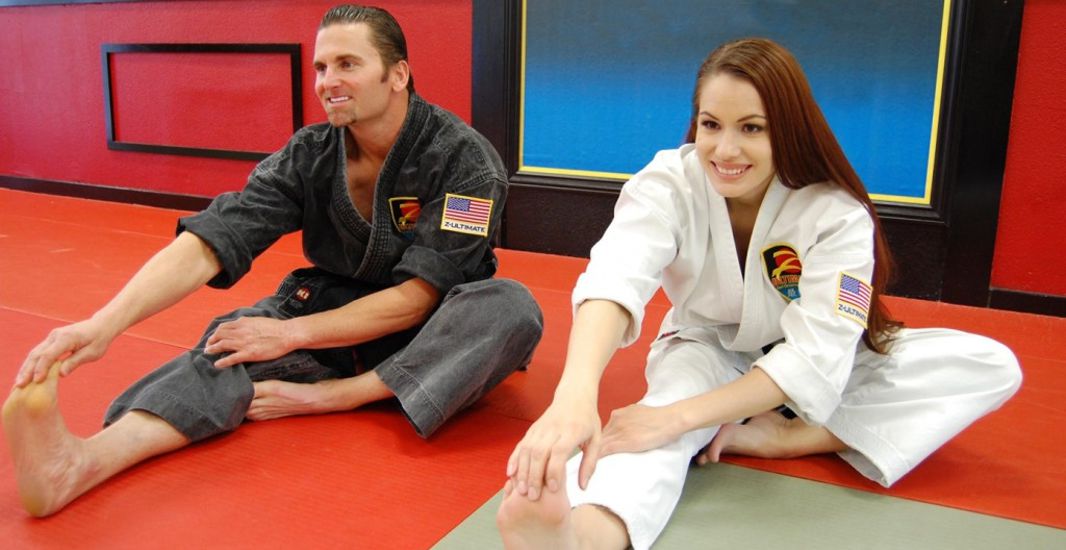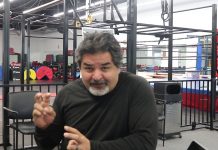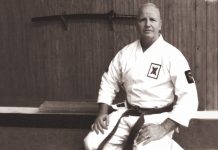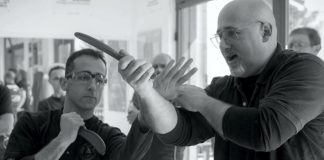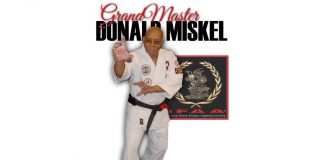Let me begin by stating that this article has not been written as a practical guide to suitable exercises for an effective martial arts warm-up routine. Rather, it has been penned to draw attention to some of the questionable practices in a minority of martial arts clubs, and to help raise awareness of this issue among martial arts instructors.
I have been involved with the martial arts all my life, and throughout this time I have come across some very strange (and even some dangerous!) types of warming-up and cooling down procedures.
THE WARM-UP
A warm up routine should do precisely what it says on the tin: Prepare the body for the demands that are about to be placed upon it. This needs to be done in the following manner;
Methodically, to ensure that no area of the body is overlooked.
Thoroughly, so that all major joints, tendons and muscle groups are included, and to gently increase the heart rate by gradually building in intensity. And (above all) Safely.
(It should be remembered that it will take longer to warm-up on colder days, or in cooler climates, etc, so make sure that the warm-up remains relevant to your students as regards age, experience and abilities, the kind of martial arts you are practicing (For example, Aikido practitioners would tend to concentrate more upon the various joints, whereas Tae Kwon Do students would spend more time upon stretching and flexibility of the legs and hips, etc) the type of climate/environment in which you are situated)
A good warm-up routine is meant to help minimise the risk of potential injury or strain, rather than adding to it! Unfortunately, often this is definitely not the case!
I have witnessed bad practice in various martial arts classes first hand on several occasions, with students being asked to perform potentially damaging and dangerous movements, many of which have been KNOWN to be derogatory for quite some years, with most having been dropped from the warm-up procedures of other physical activities as a direct consequence.
Yet, it is still possible to find certain martial arts instructors can still be found including these movements in their own normal warm-up routines.
The question is: WHY?
Why do these very experienced, well-trained and otherwise competent instructors persist in this practice?
One reason is, of course, pure ignorance. As instructors we tend to do what our own instructors used to do: If we were made to perform press-ups on our knuckles and ballistic stretching, then we, in turn, expect the same of our own students.
We don’t bother to find out if what we were asked to do was “safe” or “correct”. We respected and admired our teachers and, when they asked us to do these things, then we did them. No questions! The things they made us do must be okay, right? WRONG!
Back when some of our teachers were learning their trade, the damage that some of these movements can cause just wasn’t known: The research had not been carried out, so the knowledge simply wasn’t there! Today, it is very different.
We are now fortunate enough to have this knowledge at our fingertips, and we can get good, sound advice regarding safe exercise routines from a number of reliable sources. However, because of a lot of martial arts instructors don’t bother to ask, then they never manage to get access to this information.
This, in my opinion, is partly due to the inability of some people to admit when they don’t know quite as much about a particular area as they probably should. They feel that it might compromise their status or position in some way if they exposed the fact that they needed any form of help or assistance.
This is, of course, a very silly idea indeed! In fact, the complete opposite is more likely to be true as no one likes a know-it-all who’s ego is so fragile that they cant seek advice even when it might be in their students best interest to do so!
I, myself, am a senior grade, with many years of martial arts training and teaching behind me, but, if I am about to take a class through a warm-up routine and I know for a fact that one of the junior grades standing in front of me is a fully qualified fitness instructor or teacher of physical education, then I would have absolutely no qualms what so ever in making the appropriate introduction to the class and handing the warm-up over to them while I observed and made careful notes of what they did and the way that they did it.
I am not saying that I am incapable of carrying out an effective warm-up routine by myself (I have undergone appropriate training for this task) rather, I am simply saying that I am not afraid of continuing to learn and to acknowledge the fact that someone else might possibly know more than I do about something, that’s all.
A good, well-trained and efficient martial arts instructor understands that they must constantly revise and update their knowledge, skills and abilities and so stay abreast of any new developments as and when they occur. This Continuing Professional Development (or “CPD”) is of the utmost importance in literally every field of endeavour, and we martial arts instructors should prove no exception to this rule.
Both the warm-up and cool-down are integral parts of every physical activity, and they in turn should include some of what are called the “5 S’s (Strength, Stamina, Speed, Suppleness and (p)sychology) These 5 S’s enable us to ensure that we cover all the ground necessary to make our classes useful, effective and relevant to our martial art in general and our students in particular.
THE COOL DOWN
The cool-down is also very important, but it is often completely missed out in some training sessions.
It can be potentially damaging to just suddenly come to a complete stop, especially if you have had a particularly energetic training session.
Just as you prepared your body for work at the start of the lesson, so should you gradually prepare both your body and mind for leaving the dojo.
The scientific reasoning behind the cool-down is this:
When you stop exercising, the heart will still continue to beat at a much faster rate than normal. If you stop suddenly, then the muscles will not be able to pump the blood back at the required speed and this can cause the blood to “pool” in the veins.
This, in turn, means that the metabolic waste materials such as lactic acid will not be removed, and this will tend to cause stiffness and soreness later on (“I am not going back to that club ever again: I enjoyed the training, but I ached badly for days after!”)
So, remember, just as you have warmed –up your students for their lesson, so too must you ensure that their bodies and minds are returned to their normal state by way of a gentle cool down.
CONCLUSION
You wouldn’t want to pick up a best selling book only to find that the first page or the last page (or even both!) had been torn out. But that is precisely what happens if you don’t do a safe, effective warm-up at the start of your class or miss out on doing a gentle cool-down for your students before they leave.
If you need any help, guidance or advice as to how to do these correctly, then speak to a local fitness instructor, physical education teacher or physiotherapist, etc.
We owe it to our students to be professional and to keep them safe at all times
Prof. Jaimie Lee-Barron PhD FIMAS

